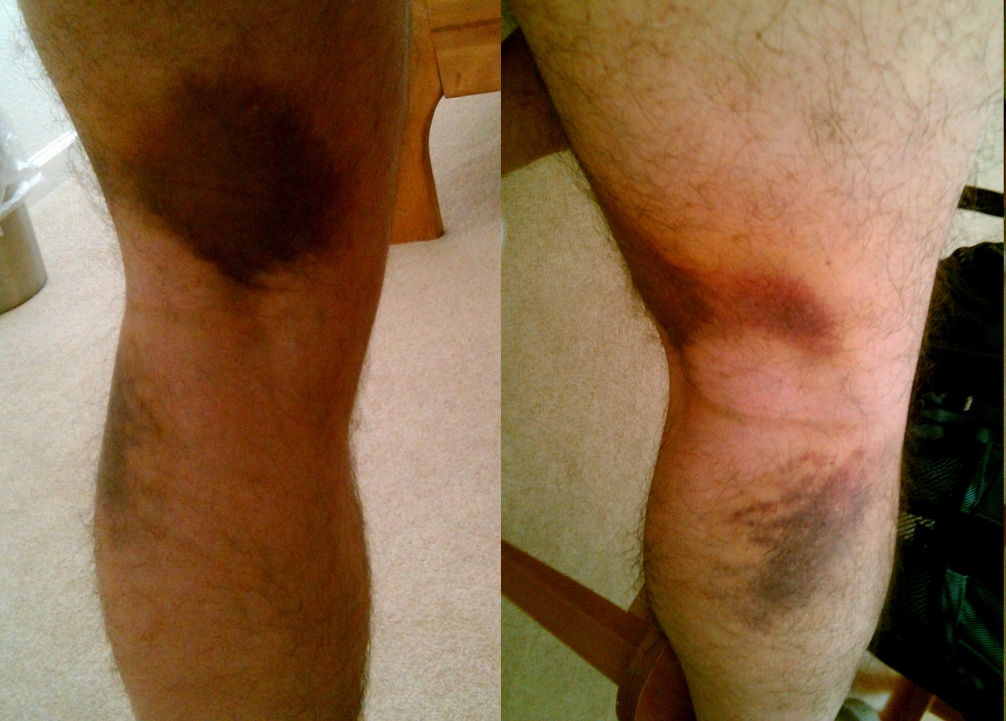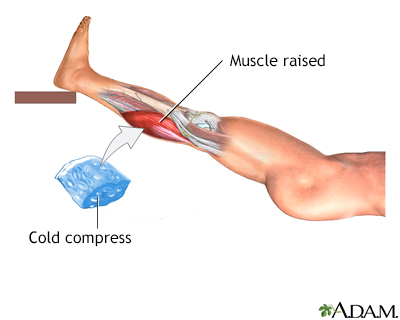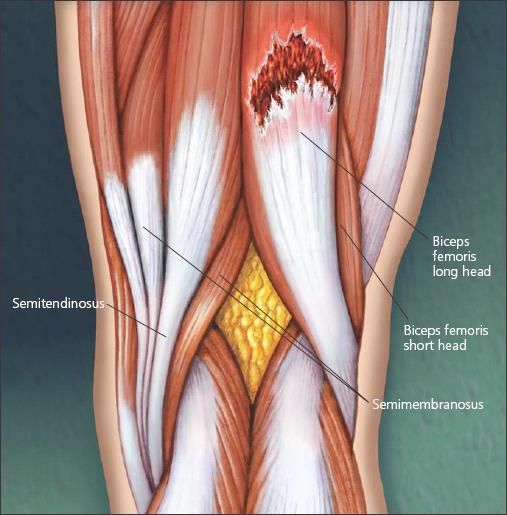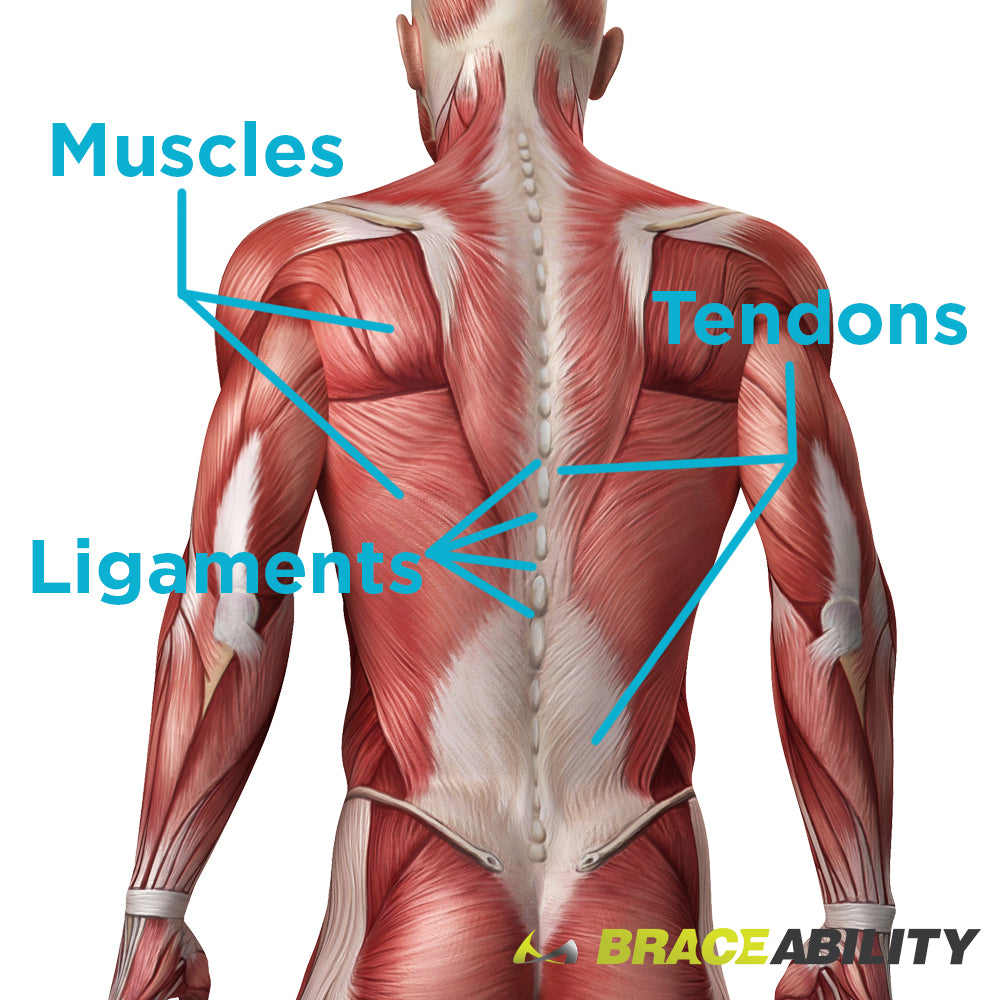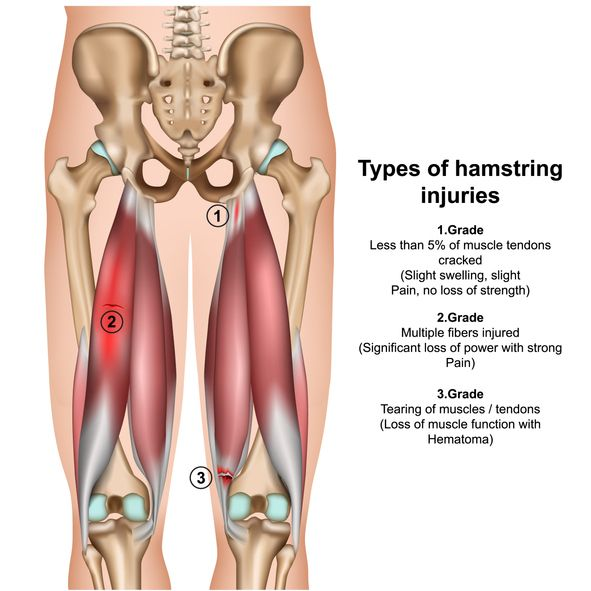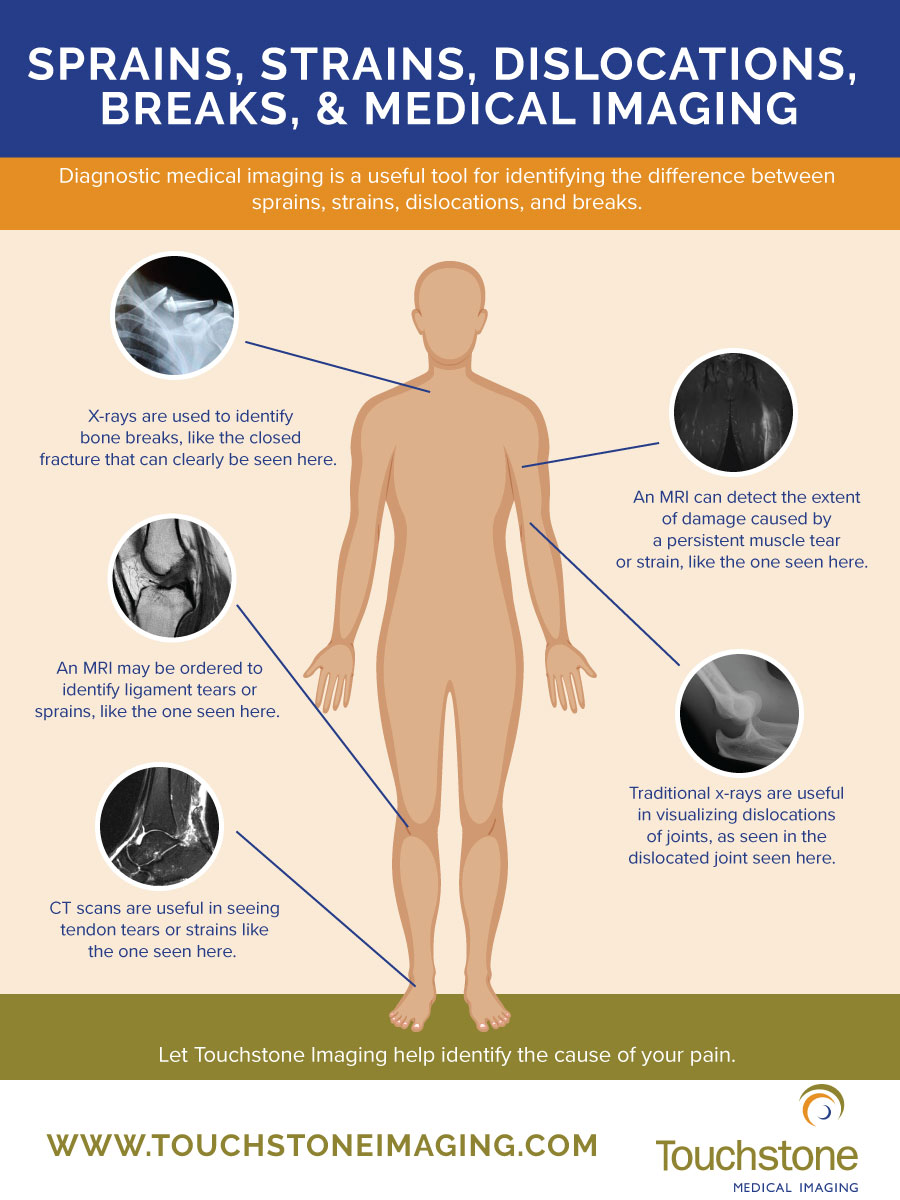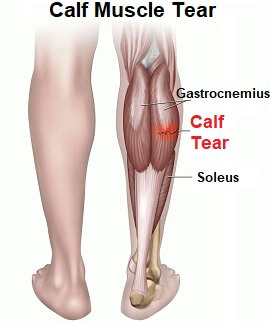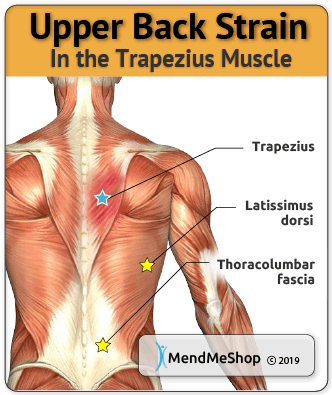Fine Beautiful Tips About How To Diagnose Muscle Tears
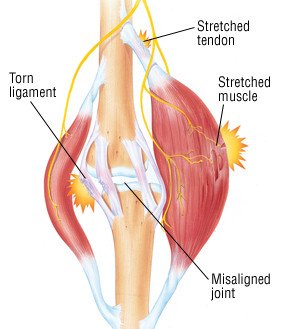
When it comes to muscle tears, even the mildest ones, the patient notices the symptoms right away.
How to diagnose muscle tears. Depending on whether the tear is. Your acute muscle tear is if your are sprinting a time trial and you step off a curb and the way that you land your calf goes. Swelling, bruising, or redness due to the injury;
Whether it's a torn calf, hamstring tear, abdominal muscle strain, or any other body part,. Strains with grade 1 damage are mild strains. The physical exam will likely involve moving your leg, and especially your hip joint, into various.
If you feel pain or weakness or are unable to hold the position, there’s a good. It is unlikely that you will be able to. What tests will be done to diagnose a muscle strain?
Common symptoms of muscle tear is pain with activity or use of the muscle. There will be swelling and tenderness the severity of which depends on the grade of the tear. If, at the time of injury, there is a “popping” sound or sensation, this implies that you.
This is when only 5% of the muscle fibers are affected. In a grade 2 or grade 3 tear, there will be bruising which appears mostly around the. Diagnostic ultrasound imaging can be considered the modality of choice to confirm or exclude grastrocnemius tear, to determine the extent of soft tissue injury, and to evaluate possible.
Many people injure themselves playing sports like tennis, football and baseball. Ultrasound ( figure 3) is traditionally considered to be the method of choice for diagnosing muscle injuries, given that it is a relatively cheap imaging method and enables. How long does it take for a.
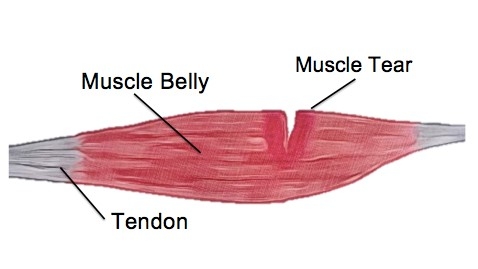
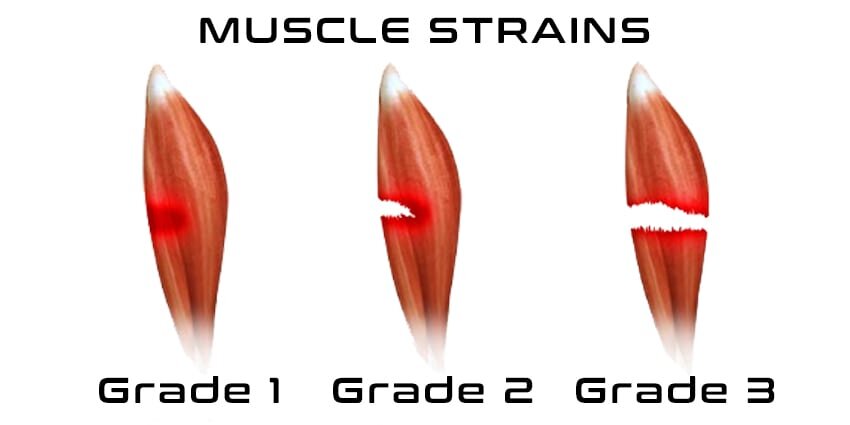



:max_bytes(150000):strip_icc()/abdominal-muscle-strain-2548831_fin-098608067ee94c07a5b79658914cd384.png)
